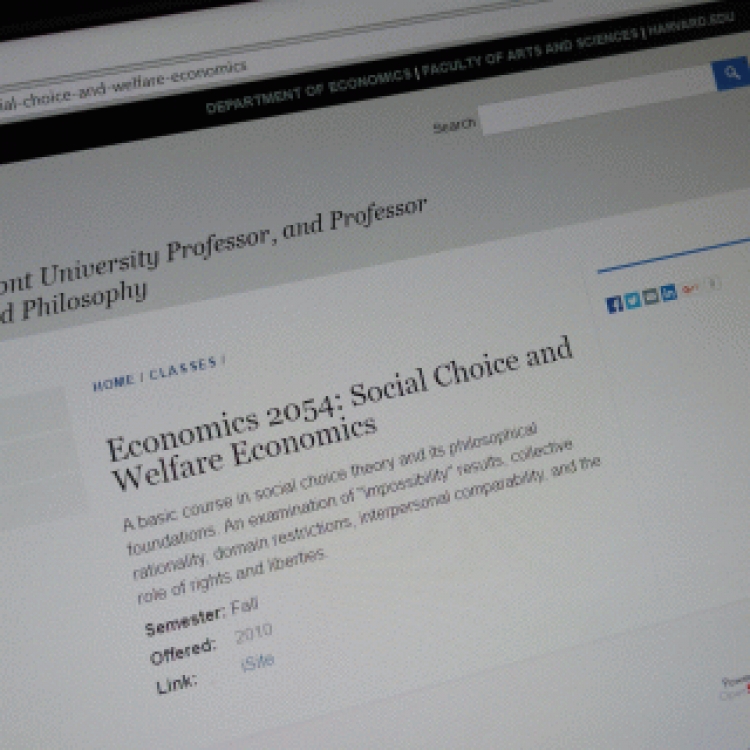
Economics of Social Choice in Bihar - Starting with Harvard and Prof. Amartya Sen
07 Dec 2015 0 comment(s) Research Essays
(This essay was first published on wordpress site on 7 December 2015)
For me, being at Harvard University and not enrolling for Prof Amartya Sen classes was unthinkable. So as soon as I progressed to third semester of International Development degree class in the fall of 2010, when students have the choice of taking optional courses outside their School/Department across Harvard University, and allowed to cross-register for courses even at MIT, I was determined to enroll for whatever Prof. Sen would be offering at Department of Economics as he usually taught only one course during a semester or even during a full year. He was than offering "Social Choice and Welfare Economics" with Prof Anthony Atkinson (of Oxford University) and I enrolled with much enthusiasm.
The class was very diverse with medley of students from different departments of Harvard and many from MIT. Auditors were also allowed, and the syllabus mentioned:
"There is no formal prerequisite for the course, but since it will include extensive analytical and formal arguments, for students taking the course for credit, familiarity with logical and mathematical modes of reasoning will be essential. Auditors are, however, welcome to attend, and if practically possible, participate in the general discussions in the class."
Of course, I was taking it for credit!!!
The first couple of classes made me realize that the level at which the theoretical foundations were being taught required substantial mathematical maturity, and I was putting a lot of efforts to understand things.
The textbook prescribed was "A Primer in Social Choice Theory" by Wulf Gaertner, a thin, innocuous looking book of less than 200 pages, but believe me, it was everything but a primer! A picture is often more than thousand words, as you can see below:

As you can notice in the first few paragraphs in the photograph above, it it talking about 'simple majority rule'! I never thought that simple majority rule could be so arcane. But here I was, trying to understand this and similar other concepts with elegant mathematical formulations.
Social choice theory and welfare economics, as a branch of economics has become a vast subject. The most well know theoretical construct in the social choice arena is 'Arrow's Impossibility Theorem' or what is also called 'Voting Paradox'. (Kenneth Arrow first proposed it in 1951, and I am happy to note that even many economist were confused when Arrow first proved it as impossibility of the existence of a social welfare function!)
Without going into technical details, it can be said that the theorem shows that interpersonal comparison of social utility are not possible. In a sense, it shows how political choice is different than a market choice. In case of market mechanism, the consumer has the option of expressing her intensity or strength of choice by purchasing larger or smaller amount of goods or services in question. On the other hand, in the system of expressing political choice through elections, a voter gets only one vote, and thus the consumer (voter) is not in a position to express her intensity of preference. Even if we include the options of ranking all the candidates instead of choosing only one, it does not provide the solution because the ranking also cannot provide expression to actual intensity: how much more she prefer X to Y, and so on.
From Impossibility theorem, it is possible to make a logical progression towards the idea of Pareto criterion (this is the most famous theorem in welfare economics) for constructing a meaningful social welfare function, which is a weaker criterion for evaluating alternatives. Pareto criterion simply states that a social state X is preferred to Y, if there is at least one person better off in X than in Y, and no one is worse off in X than in Y. As we notice, this value judgement is weaker as it is not talking about intensitiy or cardinality, but only about preferences and ordering at the social aggregate level.
I will not venture into further technical details of Impossibility theorem or Pareto's optimality. However, social choice economics is important as it is a systemic analysis of collective decision making. It starts from individual opinion or choices or values which are expressed through voting and various other methods and attempts to arrive at a collective verdict or statement for the society as a whole. Thus, social choice framework mainly concerns itself with aggregating the preferences of individuals into a social preference that will reflect the general opinion or will of the society.
Getting back to Prof Sen's class, the topics discussed in the class included, in addition to impossibility theorem and Pareto optimality, topics like collective consistency, subgroup consistency and decomposability, individual right and manipulability, welfare and measurement, dominance, inequality and poverty, freedom, plurality and flexibility etc.
The evaluation of the course was to be done on the basis of a term paper of about 25 pages, the topic of which was to be first discussed with and cleared by Prof Sen. I remember, initially I was at a loss for selecting a topic for my term paper. Then I thought of attempting an empirical paper, not too involved in theory, and on writing about my state Bihar.
I prepared a framework for my term paper, discussed it with Prof. Sen, and as it was cleared, I thought myself a bit lucky. The topic of my paper was "Democracy, Social Choice, Welfare and Development: An Inquiry into Complex Dynamics of Social Churning in Bihar State of India in Recent Times". My idea was to analyze the social choices made by people of Bihar throughout various general elections, and how and why issues like development, choice, freedom, economic and social conditions, social class and castes etc. have affected and were in turn affected by such choices made.
I worked hard, wrote and submitted the paper. I was happy with my efforts, but was also apprehensive that perhaps the paper was not truly within best theoretical framework.
But the assessment was a pleasant surprise! I was given an (A-) by Prof. Sen, with a personal email of appreciation. It meant a lot to me. It was like the best academic distinction I have achieved till date. Prof. Sen wrote:
I like your paper a lot, and it has been wonderful to have you in the class and to have frequent conversations with you outside the class.
What is remarkable about your paper is not only the fine - and for me highly illuminating - analysis you present on the caste-background to the recent Bihar elections (I see, by the way, that the victor, Chief Minister Nitish Kumar, has now been officially recognised in an important all-India competition as "the Man of the Year"!), but also that despite your previous unfamiliarity with social choice theory, you have placed your fully empirical contribution in a framework that is ultimately derived from social choice.
Obviously, as a purely empirical paper, it is hard for it to compete fully with other contributions in the class that concentrate on social choice theory or welfare economics directly, either in terms of formal reasoning, or in terms of analytical arguments. Nevertheless, I think I must give it a grade of A-, which is in the top-category A-class, even though the essay is at the periphery of the subject of the course.
It is, in fact, quite remarkable that with your totally recent entry into the subject you have done so very well to be able to get an A-category grade, after one semester's work. So I am very happy to send you my congratulations as well.
It has been five years since I did that analysis of Bihar's social choice, and looking back now, it seems that these five years have made it only more relevant and with 2015 assembly elections, it looks topical again. Or perhaps it is always relevant and topical.
What's more, I have been working in Bihar since my return from Harvard in 2011, and now I am in a position to review and enrich my analysis in light of experience and learning acquired while working for development of Bihar. And that is what I plan to do!
I have been poor with my resolve of being regular at my blog! Despite that, I plan to revisit my earlier work and do a series of blog on my understanding of Bihar and the various issues facing Bihar and its development, most of which are unique due to its peculiar historical, social, political, cultural and economic setting which are doggedly manifested in its governance and development challenges.
I cannot resist ending with an ironic fact:
Bihar has been declared the fastest growing state in India (once again) in 2014-15, with annual SGDP growth of 17.06% (Niti Aayog, Govt. of India revised figures for growth rates of states). .....................And Mr. Nitish Kumar was not Chief Minister during this period, it was Mr. Jeetan Ram Manjhi *!! (during this period the economy and governance in Bihar was widely perceived to be in a downward spiral)
*Mr. Nitish Kumar resigned in May 2014 and became Chief Minister again in February 2015.


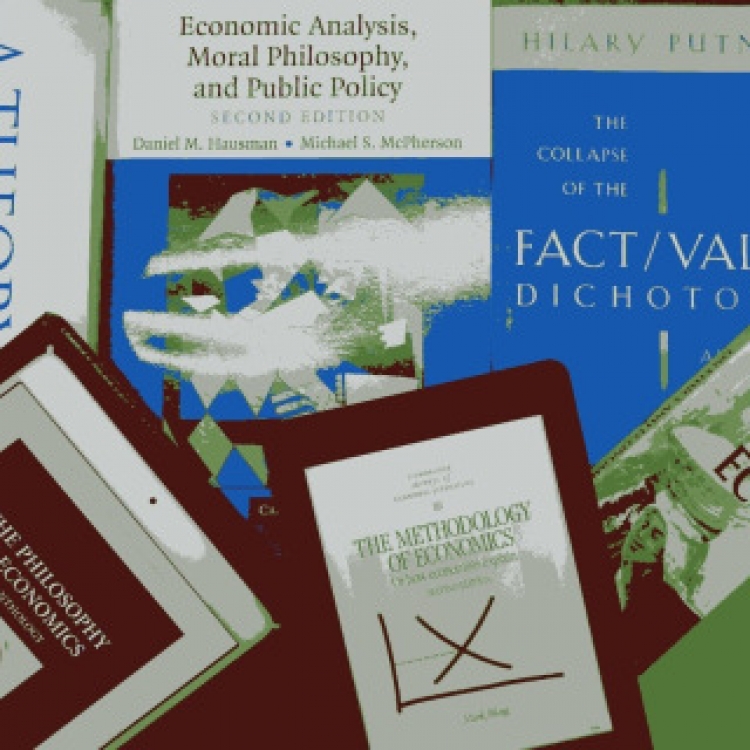

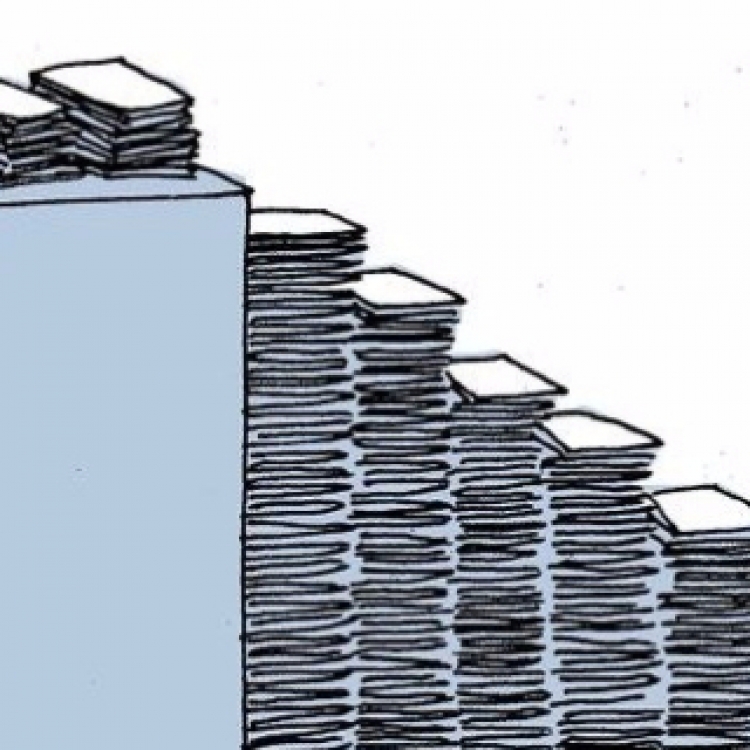

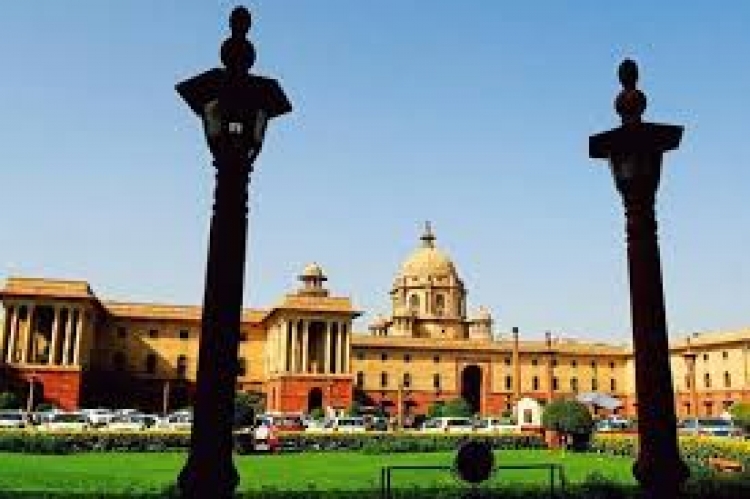
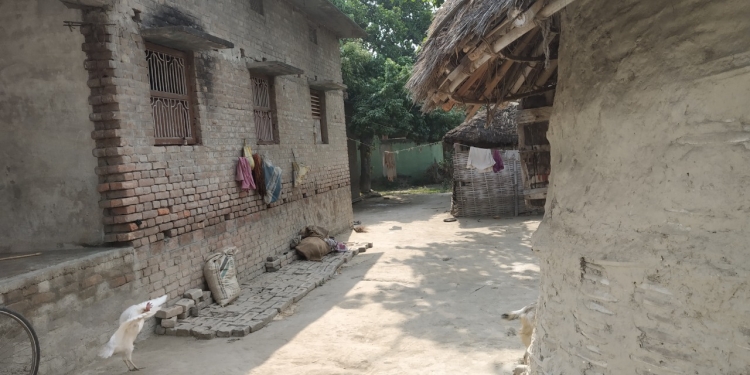

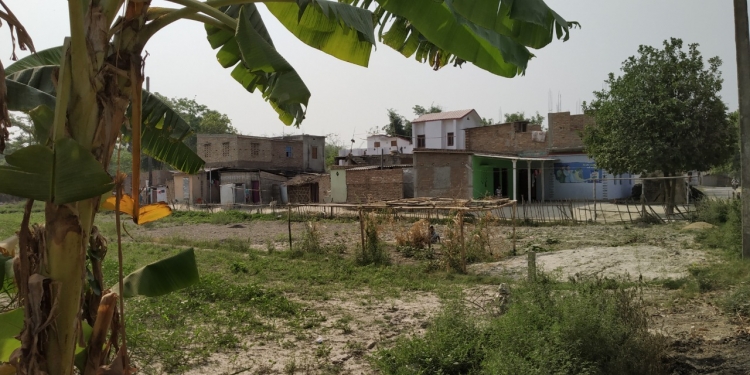

Comments
0 comment(s)